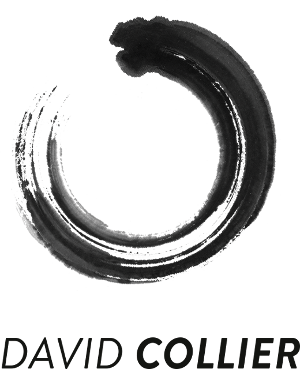Bluebrain – Mobile Music #4
- app, Bluebrain, Central Park, geotagging, GPS, iPhone, Listen to the Light, locative music, mall, SXSW, The National Mall, The Violet Crown, washington
- posted in: Apps, Locative/Mobile, Music, Posts, Technology
- no comments
- SHARE:
- Tweet
 Bluebrain are a musical group consisting of brothers Ryan and Hays Holladay. As well as producing music in the usual way they also like to create ‘different’ ways of experiencing music and have just released their third location aware composition The Violet Crown for the SXSW festival. This comes off the back of releasing their second location aware album Listen to the Light at the end of last year. They’re the first group I’ve come across who have come from a purely musical background and unlike the other works I’ve written about Bluebrain are actively creating locative music. By using mobile music as one part of their practice they’ve expanded musical expression to include physical space.
Bluebrain are a musical group consisting of brothers Ryan and Hays Holladay. As well as producing music in the usual way they also like to create ‘different’ ways of experiencing music and have just released their third location aware composition The Violet Crown for the SXSW festival. This comes off the back of releasing their second location aware album Listen to the Light at the end of last year. They’re the first group I’ve come across who have come from a purely musical background and unlike the other works I’ve written about Bluebrain are actively creating locative music. By using mobile music as one part of their practice they’ve expanded musical expression to include physical space.
The technology
Bluebrain’s locative compositions are delivered as an application for iPhone. They use the onboard capabilities of the device particularly GPS to map sections of music to different areas. The music then plays back as you walk through the mapped locations crossfading from one piece of music to the next and playing overlapped segments together. In terms of the technology though that seems to be it. They’ve almost made the technology invisible.
It’ll be a while before I get to experience these apps in the flesh, as I’m unlikely to be in any of the locations of Bluebrain’s locative albums in the near future. The good news though is that unlike all the works I’ve covered so far there’s a much better chance of getting to experience them. They don’t need any special hardware and are available free online so the next time I’m at one of the locations I can check them out. The ‘making of’ video below gives some idea of the sound of the music but its probably no substitute for the real thing.
The experience
Listen to the Light for Central Park is experienced by going to the park and using the app. As the listener walks through different areas of the park different sections of the music enter and leave. The composition evolves as the listener moves through the space and experiences the changing music. Unlike Location33, which also used GPS, the Bluebrain app has created a mesh over the entirety of Central Park meaning that music is always present. Once you are within the park there is always music to be heard and you create a personal structure by moving through the different areas.
A challenge in writing music in this way is the planning that needs to be put in before any music can be written. The music needs to be thought out so each zone links to all the ones around it and that overlapping zones synchronise creating a mesh of sound. This must take up a huge amount of the composition process to create such an intricately interlocked music. I’ve listened to some of the soundfiles from the apps and can see how they mesh the material. The same melody is used in connected areas with different instrumentation. This allows the melody to flow from one area to the next, creating continuity, while changing the timbre to maintain interest.
To sum up
Bluebrain are taking mobile music in the right direction as far as I’m concerned. I’m not completely taken with geotagging as a composition tool but I am excited about the possibilities of mobile music delivered as apps. I also like that Bluebrain have taken a much stronger musical stance than other locative works I’ve seen. The fact that they’ve chosen to call the apps albums makes a strong statement about how they want them to be experienced. It makes me believe that they’re pushing for it as a legitimate way of experiencing music. Speaking about The National Mall Ryan said “We’d love to get past the novelty. It would be so awesome to get it reviewed on something like a Pitchfork. Like, as an album.” Bluebrain’s locative work is inspirational to me as they are proving that mobile music is a legitimate musical experience and I’m excited about its possibilities going forward.
–
In the next post I’ll be discussing the two main approaches taken when creating mobile music. Locative music and mobile music.

